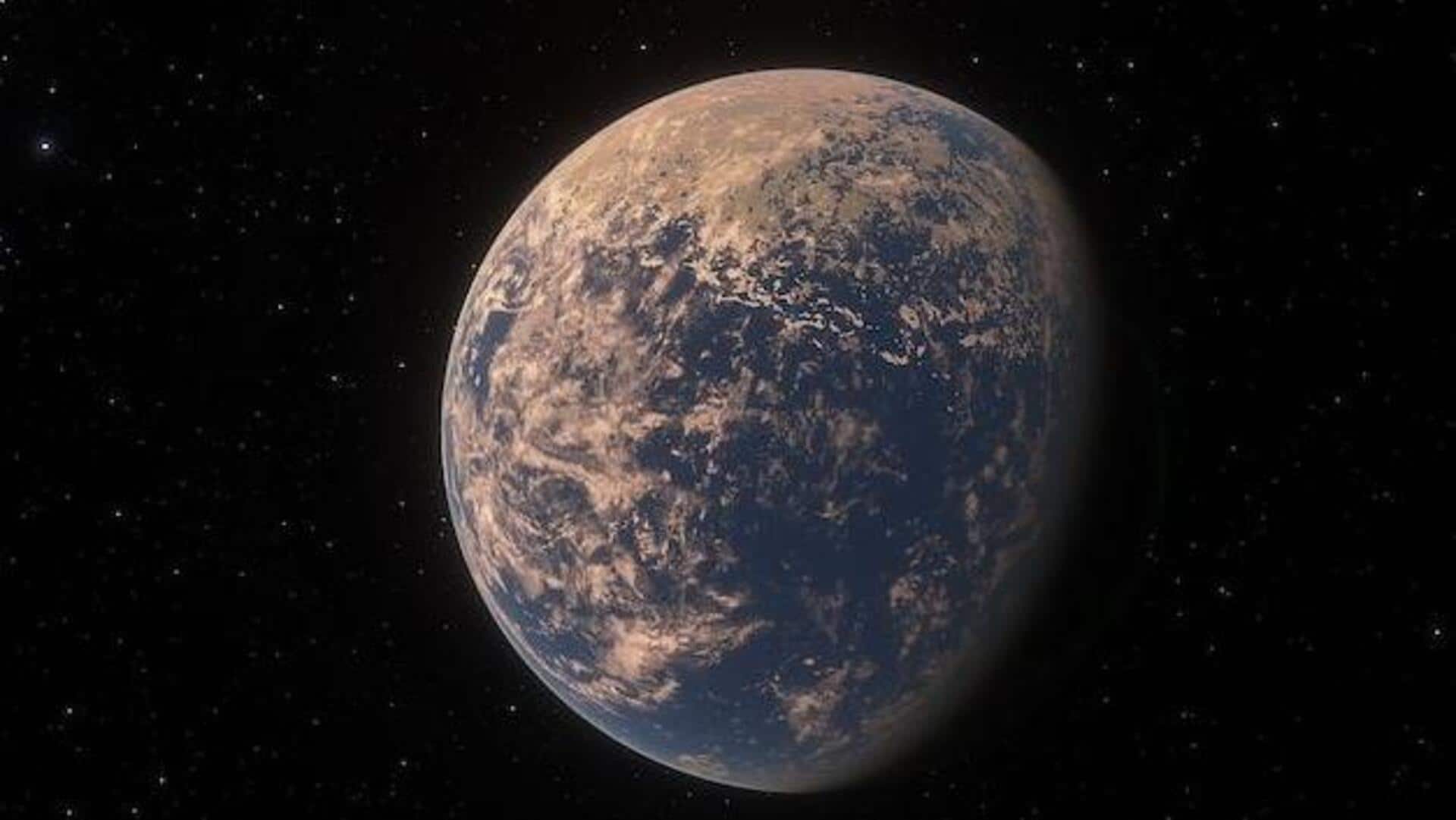Unveiling Cosmic Dust: Key to Star Formation Mystery. Explore the vital role dust plays in birthing stars. Read on!
The cosmos, with its mesmerizing celestial objects, holds many secrets. One such enigma
that scientists are gradually unraveling is the crucial role of cosmic dust in the birth of stars. For long, dust was seen as a mere obstruction, hindering our view of distant galaxies and celestial phenomena.

However, modern astronomy reveals a far more significant and constructive role for these tiny particles in the grand scheme of star formation. So let's delve into the fascinating world of cosmic dust and understand how it contributes to the spectacular process of birthing new stars.
Cosmic dust: tiny particles in space made of elements from stars
Cosmic dust, unlike the household dust we find, is a complex mixture of tiny solid particles found in the space between stars, known as the interstellar medium. These particles are incredibly small, ranging in size from a few molecules to about 0.1 micrometers, roughly the size of smoke particles.

They are primarily composed of elements like carbon, silicon, oxygen, and iron, which are forged in the hearts of ageing stars and supernovae. These elements are then expelled into space through stellar winds or explosive events, eventually condensing into dust grains as they cool down.
These dust grains are not uniform; they come in different shapes and sizes, influenced by the environment in which they are formed.
Cosmic dust crucial for star formation by cooling gas clouds
The primary role of cosmic dust in star formation stems from its ability to absorb and scatter light, especially ultraviolet radiation emitted by young stars and other hot objects. This absorption is critical because it cools down the surrounding gas clouds.

Without this cooling effect, the gas clouds would remain too hot, and their internal pressure would prevent them from collapsing under their own gravity to form stars.
Dust acts as a cosmic refrigerator, radiating the absorbed energy as infrared radiation, allowing the gas to cool and become denser. You see that the role of dust is very important for star to form.
Dust particles aid molecule formation in space, crucial for H2 and star birth
Dust particles also provide surfaces on which molecules can form. In the harsh environment of space, it is difficult for atoms to collide and react to form molecules. Dust grains act as catalysts, providing a safe haven where atoms can stick and interact.

This is particularly important for the formation of molecular hydrogen (H2), the most abundant molecule in the universe and the essential ingredient for star formation. Hydrogen atoms readily stick to the surface of dust grains, where they can find other hydrogen atoms and combine to form H2.
This greatly increases the density of molecular hydrogen in star-forming regions.
Cosmic dust influences star formation in clusters
Another significant role of cosmic dust is its influence on the fragmentation of collapsing gas clouds. As a dense region within a molecular cloud begins to collapse, it does not necessarily form a single massive star.

Instead, it tends to fragment into smaller pieces, each of which can potentially form a star. Cosmic dust plays a role in this fragmentation by helping to dissipate heat and promote localized collapse.
The presence of dust can lead to the formation of a cluster of stars rather than a single giant star. This is important because most stars in our galaxy, including our Sun, are actually born in clusters.
Research on cosmic dust using infrared astronomy reveals insights into star formation
Understanding the properties of cosmic dust is a vital area of research. Scientists are using various techniques, including infrared astronomy, to study the composition, size, and distribution of dust grains.
Infrared radiation can penetrate through dusty regions of space, allowing astronomers to observe the hidden processes of star formation. Telescopes like the James Webb Space Telescope (JWST) are revolutionizing our understanding of cosmic dust.
JWST's infrared capabilities enable it to peer through the densest clouds of gas and dust and directly observe the birth of stars in unprecedented detail. By studying the light emitted by dust grains, we can learn about their chemical composition and the physical conditions in star-forming regions.
These investigations reveal the critical relationship between dust and star formation.
Astronomers create models of cosmic dust for better understanding
Astronomers also create models of cosmic dust to understand better how it interacts with light and gas. These models help us interpret observations and make predictions about the behavior of dust under different conditions so that we can understand the phenomenon better.

Space missions are also providing valuable insight to understand the whole dynamics better. These missions carry instruments that collect data on the composition and size of dust grains found in space.
The data from these missions is crucial for refining our models of dust and improving our understanding of its role in the universe.
Cosmic dust plays crucial role in star birth and evolution
By improving our knowledge on it, we can understand more about the birth, evolution, and death cycle of stars. New generation telescopes, and advanced computer simulations continue to reveal new aspects of this complex relationship.
Cosmic dust is not just a nuisance obscuring our view of the universe; it is an essential agent in the ongoing drama of star formation and galaxy evolution. It scatters and absorbs light as well as provide the necessary condition and platform for a star to be born.
Cosmic dust study crucial in modern astronomy
The study of cosmic dust is one of the most important fields of astronomy these days.
AI Generated Content. Glance/InMobi shall have no liability for the content



